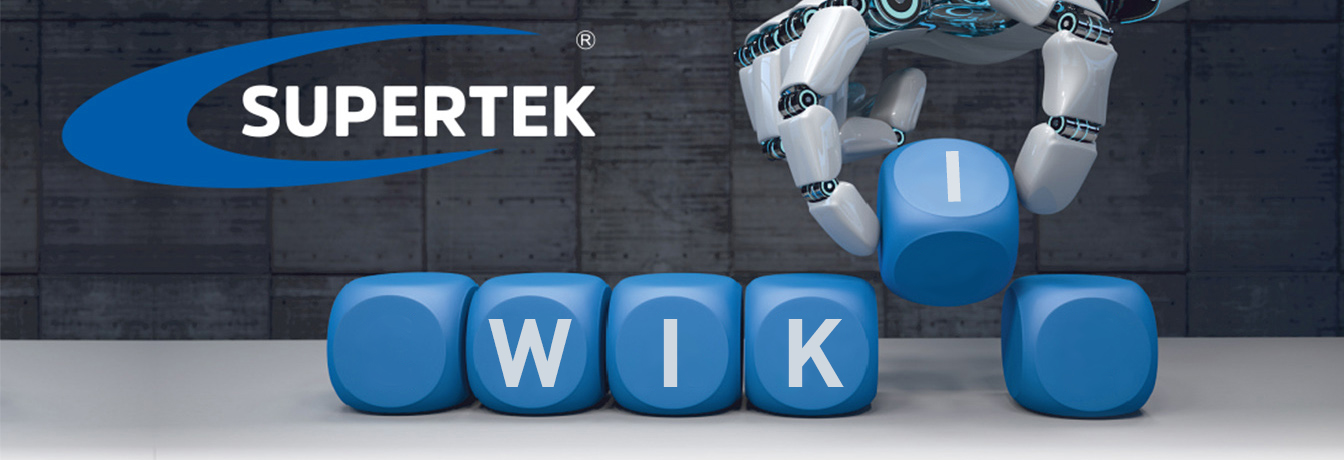
Linear winding
Linear winding is a winding process used in the wire and cable industry, as well as in the manufacturing of coils and electric motors. In this process, the winding material, such as wire, tape, or fiber, is applied to a core or spool along a straight or linear axis. This method allows for precise control of the winding pattern, resulting in uniform winding density and controlled tension.
Characteristics of Linear Winding
- Precision: Linear winding allows for precise placement of the winding material on the core, ensuring consistent winding density and controlled tension throughout the winding process.
- Versatility: This technique can be used for various types of materials, including copper wires, glass fibers, textile threads, and metallic tapes.
- Application-Specific: Linear winding is particularly suitable for applications that require accurate positioning and repeatability, such as in the manufacturing of transformers, electric motors, and specialized coil shapes.
Applications of Linear Winding
-
Electric Motors: In the production of electric motors, windings are applied to a stator or rotor. Linear winding offers the advantage of an even distribution of the wire, which contributes to better efficiency and performance of the motor.
-
Transformers: For winding transformers, precise wire guidance is crucial to optimize electrical properties and minimize losses.
-
Inductors and Coils: Linear winding is frequently used for the production of coils, which are used in electronic circuits for energy transfer and signal processing.
Advantages of Linear Winding
- High Efficiency: Automated guidance of the winding material allows for high winding speeds, reducing production times.
- Minimal Material Waste: Since the winding material is precisely positioned, material waste is minimized, leading to cost savings.
- Adaptability: Linear winding technology can be easily adapted to different core geometries and material types, making it versatile for various applications.
Linear winding is a crucial technology in the manufacturing of coils and electrical components. It offers numerous benefits, including high precision, efficiency, and versatility, and plays a vital role in the production of modern electromechanical devices.